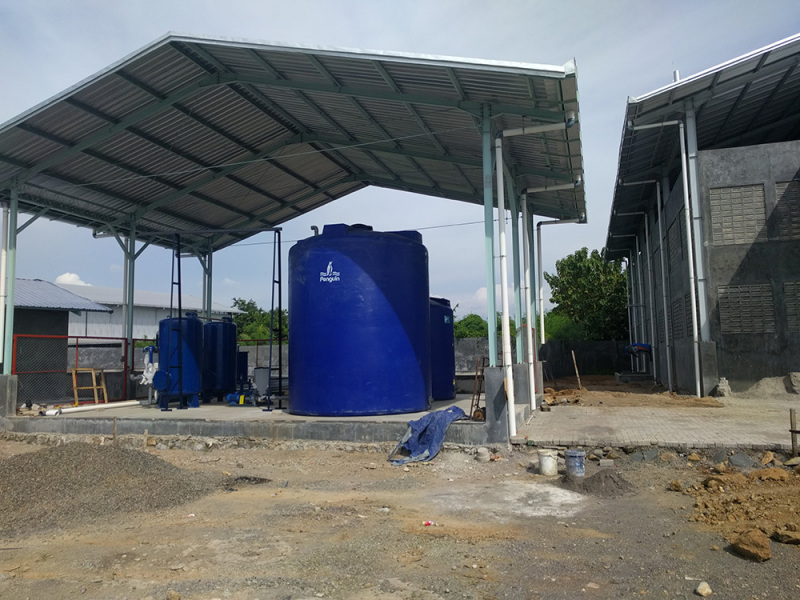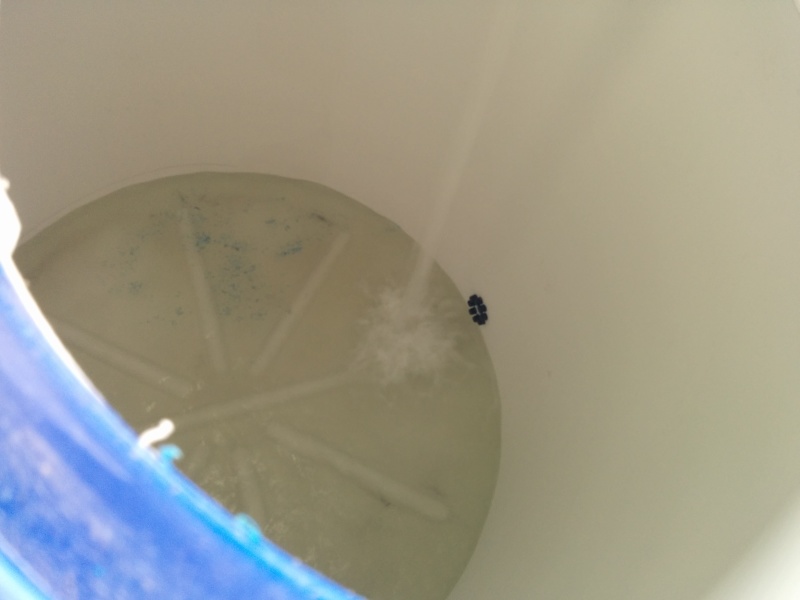amazing azza
Industrial
Hello friends, I have a 30 m^3 (30 tons) polyethylene water tank. I need to sense water level inside said tank to turn on/off pumps that supply it. I am familiar with the various sensing technologies (tuning forks, ultrasonic, radar, etc) but I am running into limitations due to the tank size. There is about 5m height difference between full and empty, which is too long for most models.
What is the most practical method for sensing/controlling the fill level of a large tank like this?
What is the most practical method for sensing/controlling the fill level of a large tank like this?


